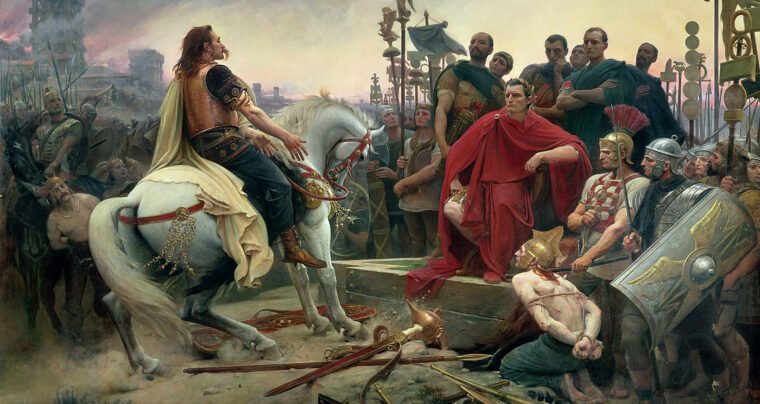
Noble Celtic Warrior, 1st Century, B.C.
The Gauls were Celtic people who lived in much of Europe from the 5th century BC. They were described by Greek and Roman historians as tall, muscular, fair-skinned, with long blonde, or reddish hair. Read more

The Gauls were Celtic people who lived in much of Europe from the 5th century BC. They were described by Greek and Roman historians as tall, muscular, fair-skinned, with long blonde, or reddish hair. Read more
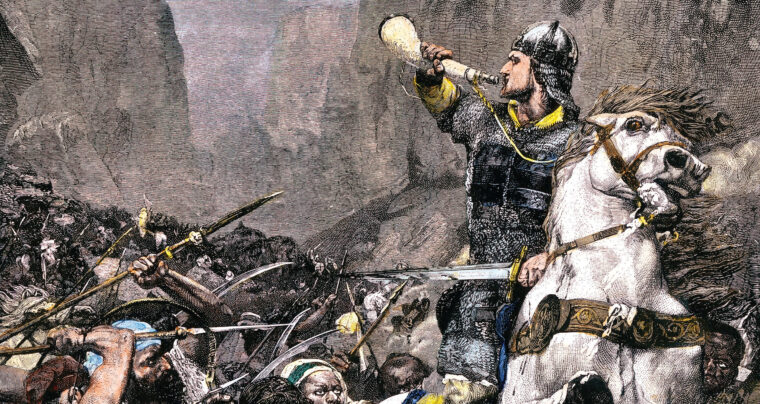
The Age of Chivalry brings to mind knights in shining armor and damsels in distress, along with traveling troubadours and minstrels singing chansons de geste, “songs of deeds,” telling of feats of arms and labors of love. Read more
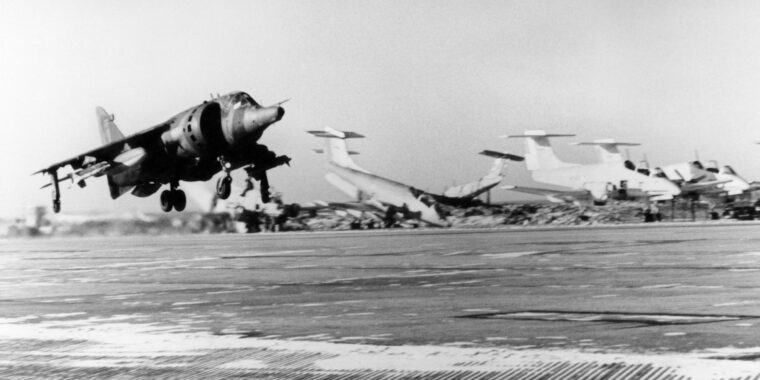
At 1:25 p.m. on May 1, 1982, the Sea Harrier naval jet fighter became the symbol of British resolve. Read more
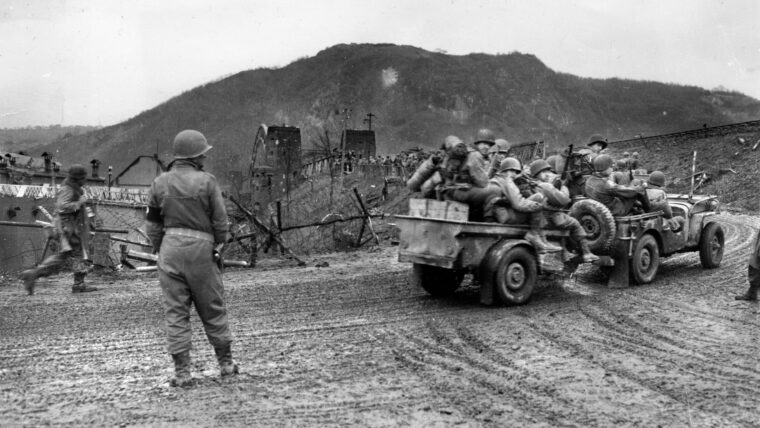
By the end of January 1945, Hitler’s desperate Ardennes Offensive had ground to a halt. Though the last-ditch push to the west had inflicted heavy casualties on American forces, it was the German army that suffered irreplaceable losses in men, equipment, and materiel and was no longer capable of offensive operations. Read more
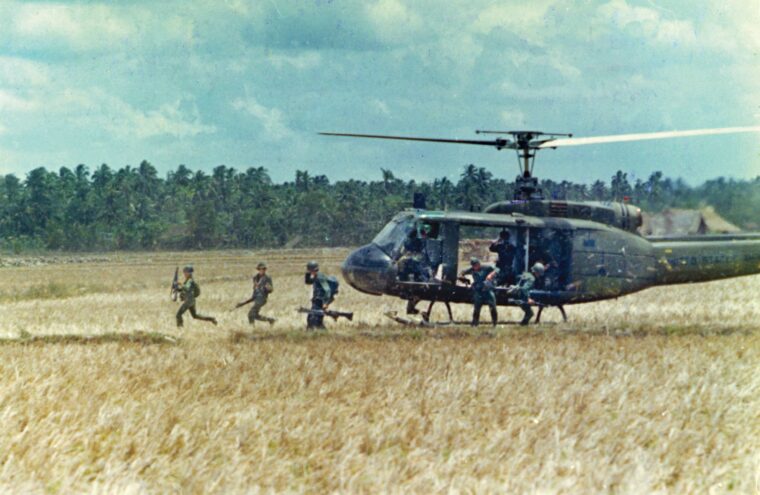
Sign Here for Sacrifice: The Untold Story of the Third Battalion, 506th Airborne Vietnam 1968 (Ian Gardner, Osprey Publishing, Oxford UK, 2023, 304 pp., Read more
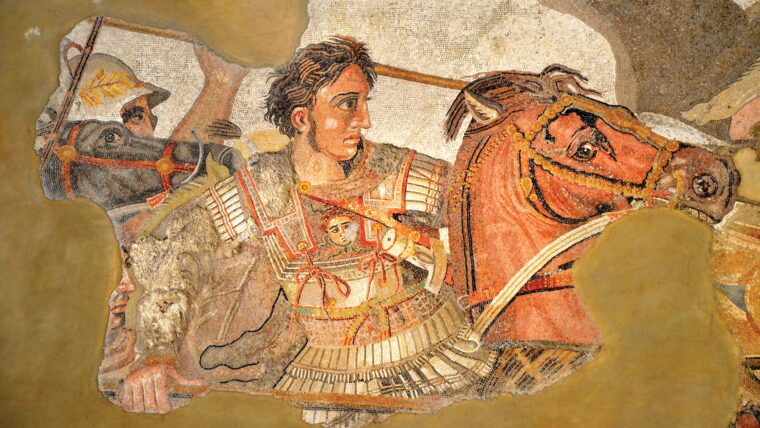
He was the first Caucasian many of his conquered subjects had ever seen. The empire he established during his short life stretched from Greece to the Indus River in modern Pakistan, an area of about 2 million square miles—more than twice the size of the Louisiana Purchase. Read more
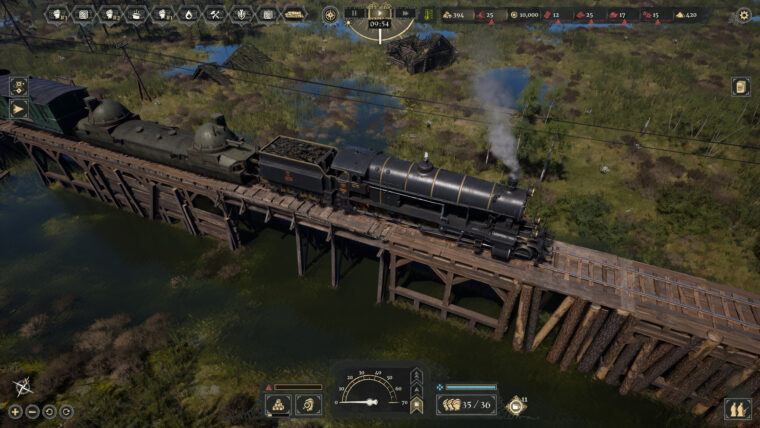
When it comes to war games, there’s no situation that can truly be described as anything but bleak and unforgiving, though we often see all the shades imaginable in the various era-spanning depictions across many genres. Read more
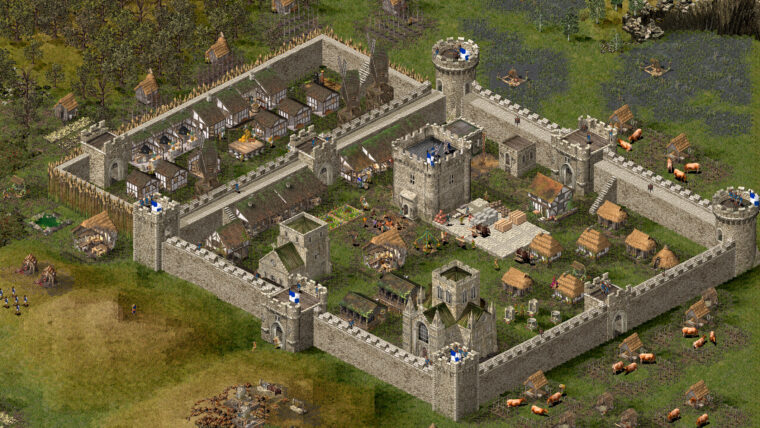
Those looking to relive—or try for the very first time—one of the more celebrated real-time strategy war games of the last couple decades will soon be able to do so in the form of Stronghold: Definitive Edition. Read more
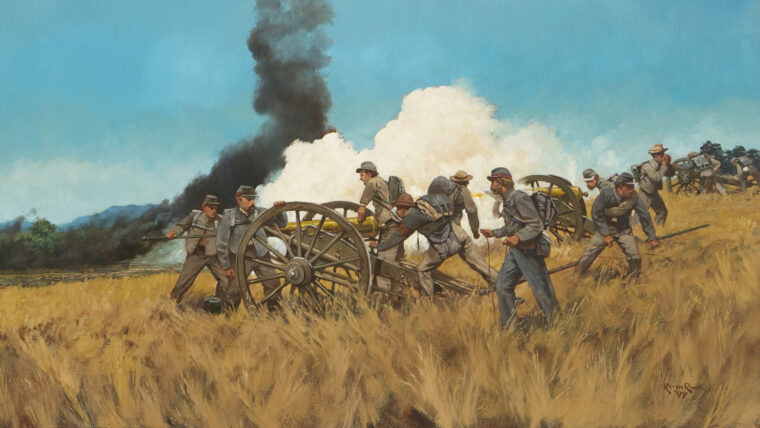
On September 7, 1862, Colonel Walter Taylor of General Robert E. Lee’s staff wrote to his sister: “The Yankee papers of the 6th exhibit a gloomy picture for our enemy. Read more
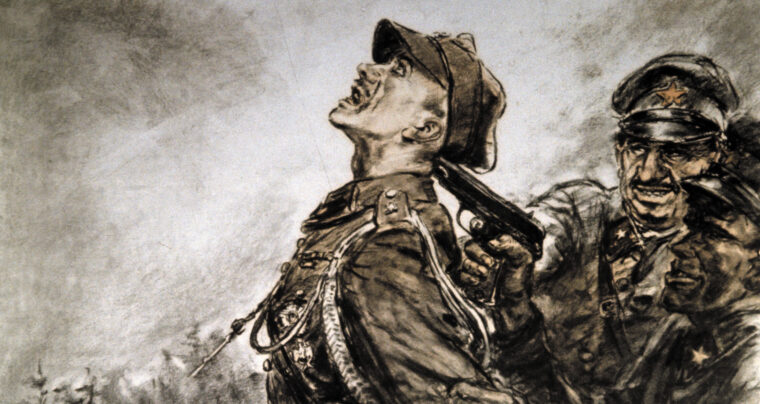
On September 17, 1939, in the wake of Hitler’s invasion of Poland, the Soviet Red Army crossed the Polish frontier from the east. Read more
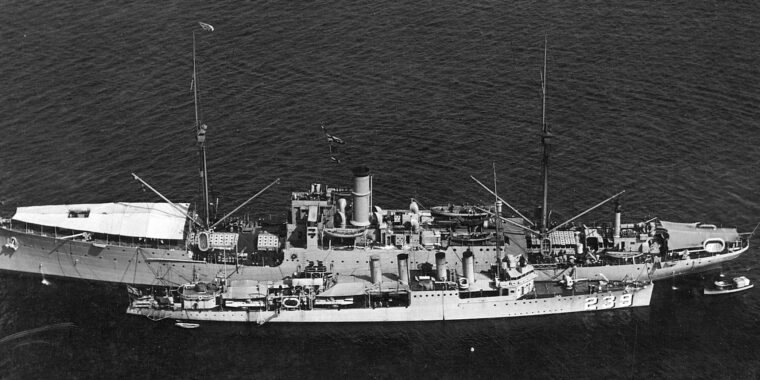
On Saturday, December 6, 1941, the repair ship USS Vestal eased alongside the USS Arizona at her berth at Pearl Harbor. Read more
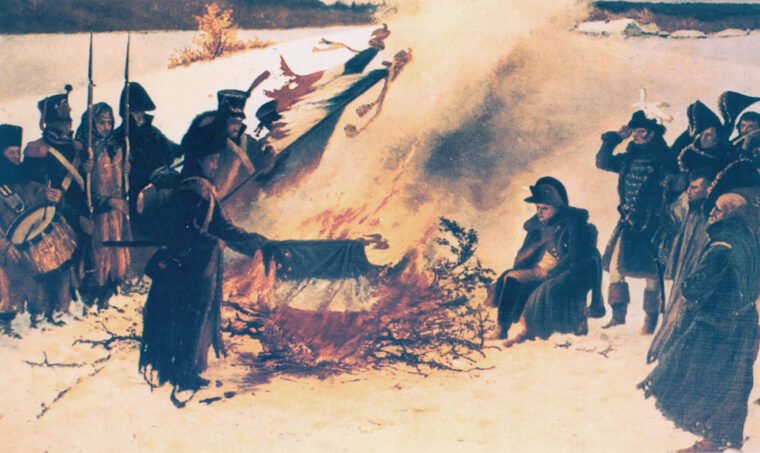
For many, the fascination of military history lies in the “What if …” What if Hitler had not ordered the Luftwaffe to shift from bombing RAF airfields to bombing London in 1940? Read more
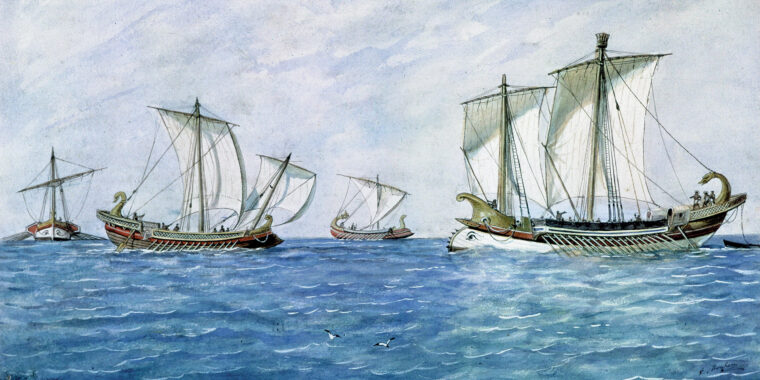
“But so long as the Carthaginians held unchallenged control of the sea, the issue of the war still hung in the balance. Read more
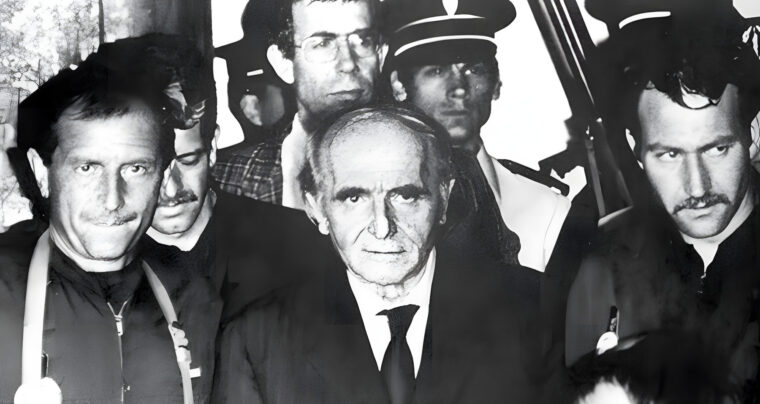
By 1944, many top generals in Adolf Hitler’s army understood the war was lost and that they had better make arrangements to ensure their safety. Read more
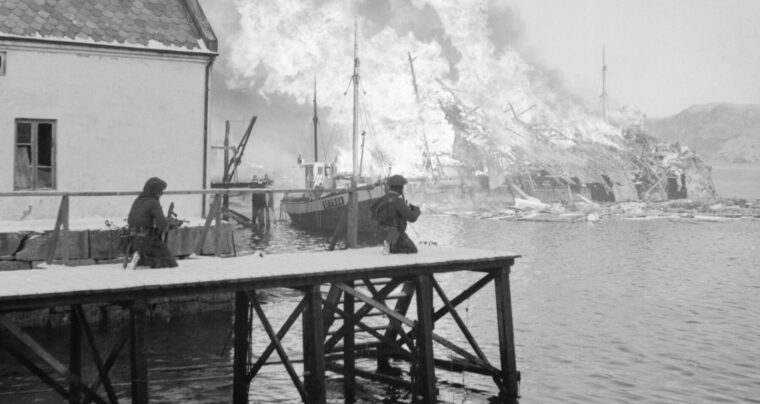
Following the forced evacuation of Allied forces at Dunkirk in June 1940, British leaders viewed a dim future. Read more
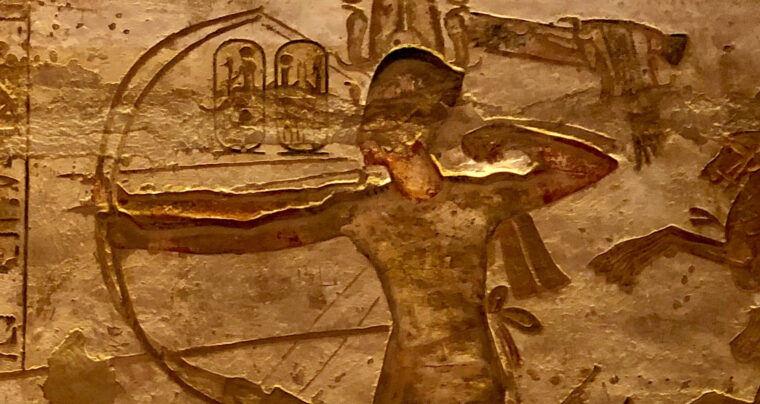
Orderly rows of Sumerian soldiers stretched across the grassy plain, their conical bronze helmets hard and bright under the sizzling sun. Read more
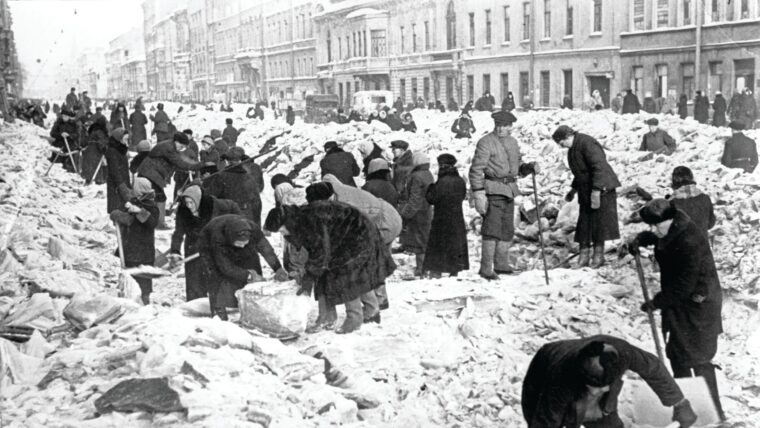
The terrain around Leningrad, now St. Petersburg, in the Soviet Union proved difficult for the attacking German armies in August and September 1941. Read more
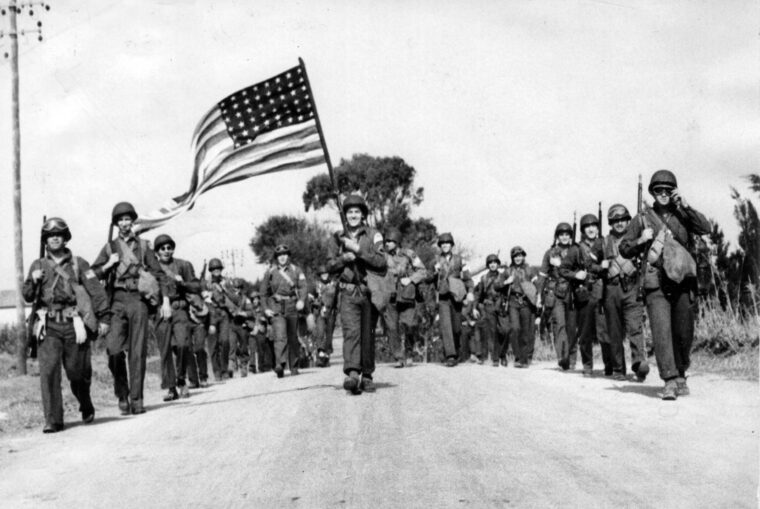
Joe Olexa figured that if a war was coming, he wanted to be ready for it, so he joined the army in December 1940. Read more
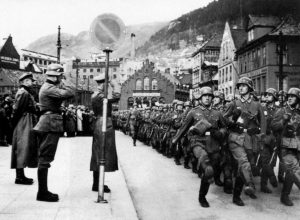
With Norway occupied by the Third Reich, thousands of Norwegians abroad were without a home and many more who had immigrated to the United States wanted to see their homeland liberated. Read more

Part of the summer 1943 Battle of Kursk in the Soviet Union, Prokhorovka stands out as a fearsome clash of opposing tanks and a turning point on the Eastern Front. Read more